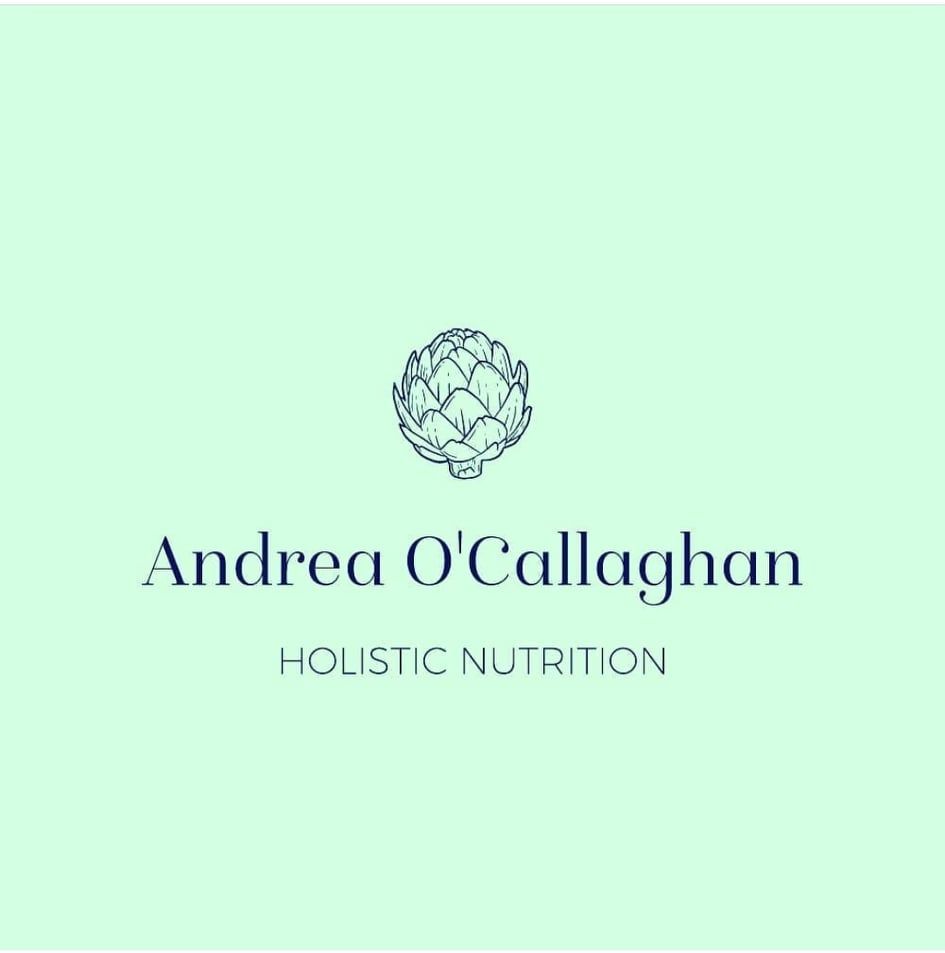My Philosophy on Holistic Nutrition
Andrea O'Callaghan • May 2, 2020
The Pillars of Holistic Nutrition.
HOLISTIC: Nourishing the physical body, as well as the intimate connection to the mind and the spirit. One's health is an expression of the relationship between the physical and chemical, mental and emotional, as well as spiritual and environmental aspects of one's life and being. Just altering one’s diet cannot produce a sustainable change. In the support of ALL of these aspects of YOU, positive change can be lifelong! And once you know how, it can be simple and easy.
PASSION: I absolutely love food. LOVE IT. Good, whole, natural food, that is! It is nature’s medicine, and in its innate perfection, it holds the key to all that we need. Knowing how to choose the right things to put in our mouths can be challenging in today’s world, but there is so much variety and choice today we can take advantage of! Let me share my knowledge with you!
SIMPLE AND EASY: Doing something as basic and necessary as feeding ourselves shouldn’t be a complicated task that takes up all of our time and energy. Especially when our time and energy is at a premium on the best of days, let alone on those days when it feels like we are being pulled in a million directions at once! Let’s keep this basic need simple, easy, and do-able for you.
EMPOWERMENT: In providing the tools for you to take charge of your own health, I will empower you to bring about the change you desire. My passion for uncovering the truth of your unique path to health will allow you to let go of the confusing messages that are all around us, those that make it so difficult to know which “advice” is correct! I will do the work to provide you with the information you need to reach your goals, and you will have more time, and health, to focus on the things that are important to you.
LOVE: A healthy love of self is so important in this life. If we cannot love ourselves, we cannot love anyone or anything else. Self-care and self-love is expressed through the nourishment of our bodies and souls. Let’s go on this journey of growth through self-love together. The whole world can become a better place if we start with ourselves.

The formula is simple: Diverse diet = Diverse microbes = Good health . That is all we have to do help improve our gut health. The problem is we do not have a diverse diet. I remember when I used to eat the same thing for breakfast EVERY DAY when I was in high school, for example (we won't dwell too long on the fact that it was cinnamon sugar toast) . Even as I got more health conscious and upgraded my breakfasts to include smoothies, I would make a smoothie every morning! Definitely an improvement over cinnamon sugar toast, but the same thing every day is not ideal, either. This is not just about a processed diet vs whole food diet. Yes, a processed food diet is bad for our good microb es, but a whole food diet that is not diverse can also be problematic for the diversity of our gut. Most of us consume no more than 15 different foods in a week. This is not diversity, even if we hit all the food groups. Then there are those who choose to el iminate food groups such as grains and legumes. T his is taking out a range of substantial foods that will feed many beneficial bacterial species. And believe it or not, there are still people – adult people – who refuse to eat vegetables, and they are prou d of it. Again, vegetables represent all kinds of foods that will feed a lot of different species. This is just basic diversity, and it gets more complicated. So not only do we all need to be more adventurous and try to eat different foods, we need to eat d ifferent varieties of the same food. This is one of biggest changes we have had in our diets that make us different from our ancestors. They ate a greater variety of foods than we eat today, and they grew different varieties of the same food. This was g ood for the soil, it helped protect them against potential crop loss, and it increased the nutrients available to them in their diet. J ust like with money, it is important to diversify. Today, agriculture does not function that way. Farmers grow few crop types, and seldo m do they grow more than one variety of the same crop. There are over 6000 varieties of tomatoes – each one has different properties and a different nutrient composition!! We are missing out on a lot. And while we cannot possibly consume 6000 different vari eties, we can expand our repertoire, especially in the summer, and seek out as many varieties as we can find. Heirloom varieties are something I get really excited about when it comes to growing things in my own garden. So while researchers continue to unravel the mystery of our gut and figure out what we should feed it, specifically for specific benefits, we can d o more to increase the diversity and build a stronger gut by eating new foods. This week, buy three new foods you do not eat regularly. They can be foods you have never had or foods you like but for some reason never buy. Here are a few things you can do t o diversify: Buy yellow or rainbow beets instead of red beets. Choose purple or white carrots instead of orange. Look for heritage varieties and buy them when you find them. Go to farmer’s markets and talk to the local farmers. Generally, these are the farmers who still grow a variety of crops. Let them know you are interested in trying different varieties of tomatoes or potatoes etc. Shop at ethnic stores and look for new grains and legumes. Go to ethnic restaurants - this way someone else can prepare the foods for you. Think of the fun and adventure you can have – you and your microbes will be happier!! Reference: Mark L. Heiman, Frank L. Green way. A healthy gastrointestinal microbiome is dependent on dietary diversity. Molecular Metabolism, 2016; DOI: 10.1016/j.molmet.2016.02.005


